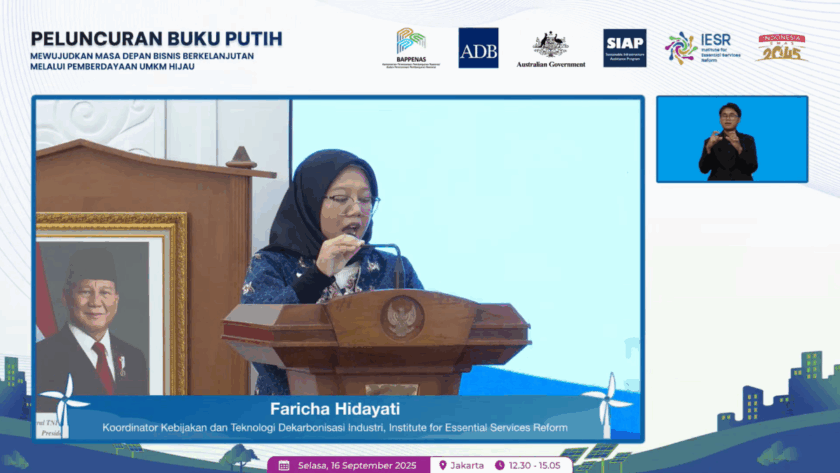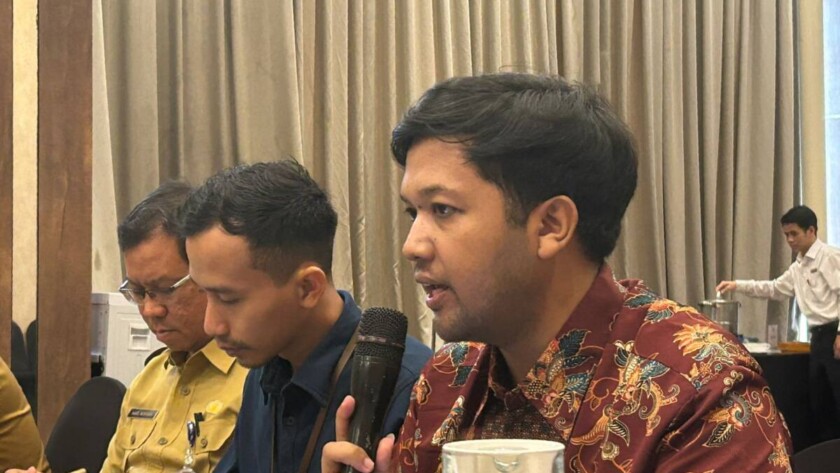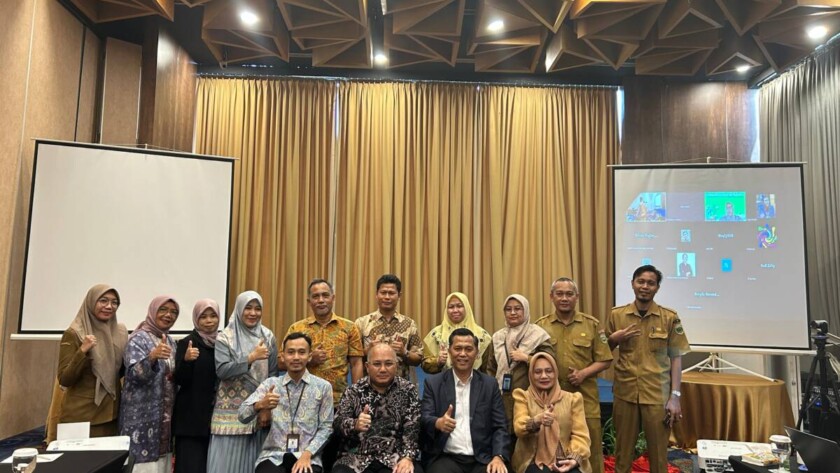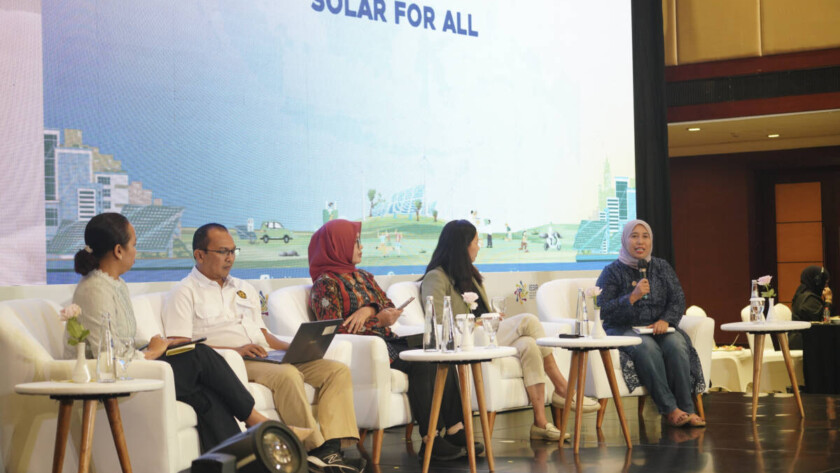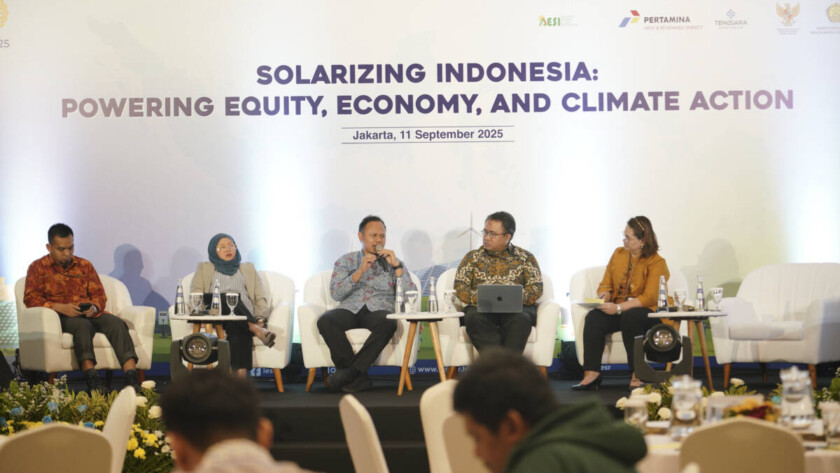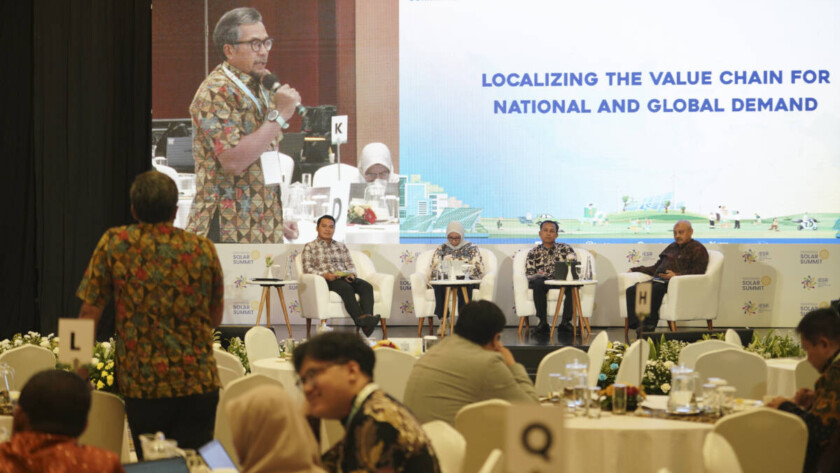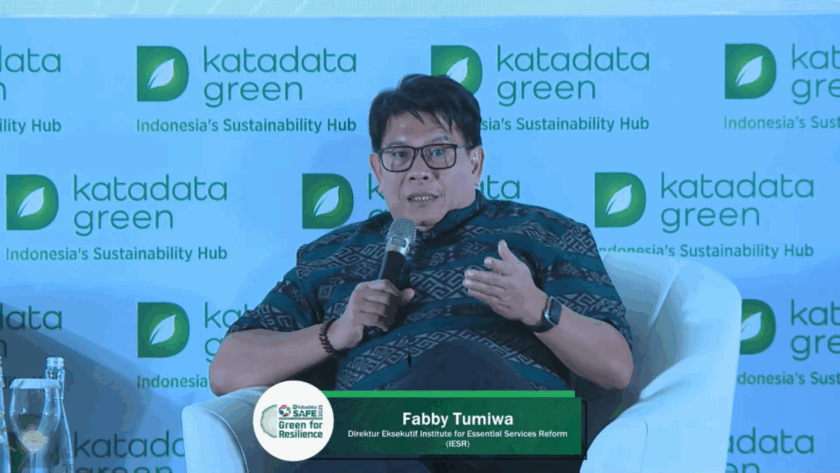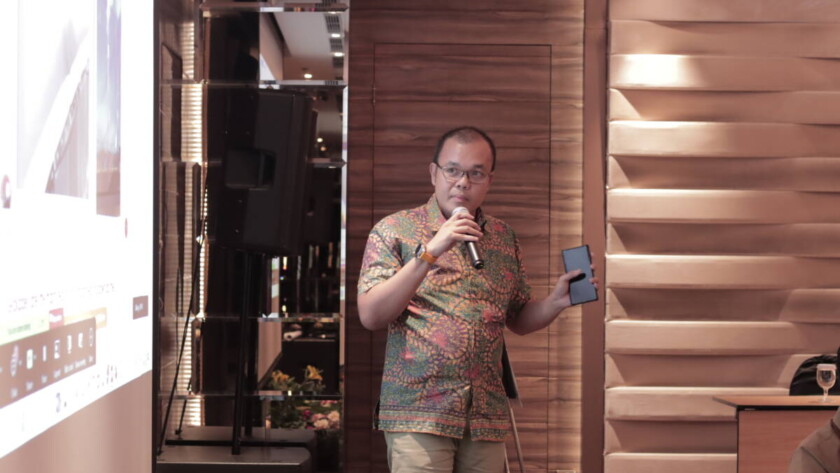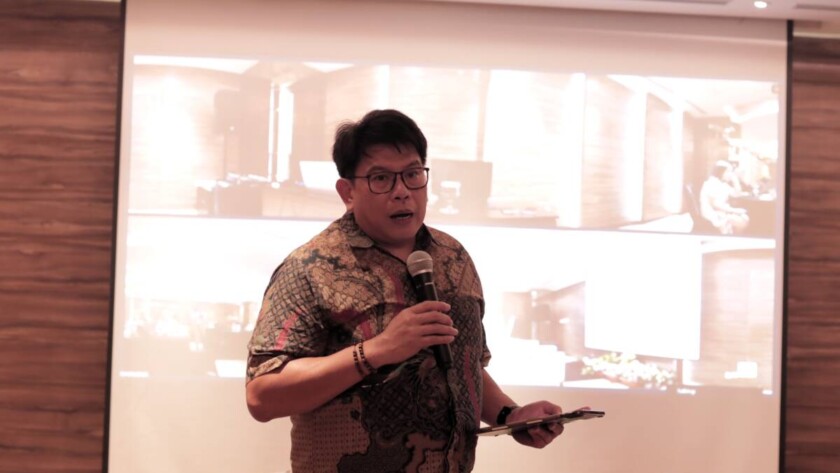Jakarta, September 16, 2025 – Micro, Small, and Medium Enterprises (MSMEs) are the backbone of the Indonesian economy, contributing more than 60% to Gross Domestic Product (GDP) and absorbing up to 97% of the workforce. Despite its significant economic contribution, the MSME sector also contributes to high greenhouse gas emissions, amounting to approximately 216 million…
